What do these words have in common?
DEVIOUS
EFFENDI
ENEMY
ENVIOUS
ESCAPEE
ODIOUS
OPIUM
TEDIOUS
ANEMONE
ARCADIAN
EXCELLENCY
OBEDIENCY
EXPEDIENCY
What do these words have in common?
DEVIOUS
EFFENDI
ENEMY
ENVIOUS
ESCAPEE
ODIOUS
OPIUM
TEDIOUS
ANEMONE
ARCADIAN
EXCELLENCY
OBEDIENCY
EXPEDIENCY
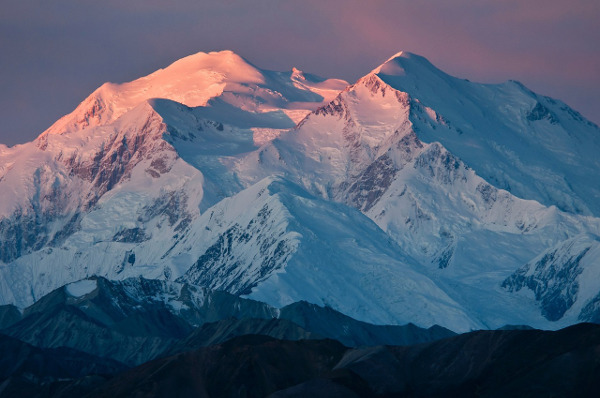
In 1910, four Alaskan gold miners set out to climb Mount McKinley, the highest peak in North America, to win a two-cent bar bet. In this week’s episode of the Futility Closet podcast we’ll tell the surprising story of the Sourdough Expedition, a mountaineering effort that one modern climber calls “superhuman by today’s standards.”
We’ll also hear about a ghoulish tourist destination and puzzle over why a painter would blame himself for World War II.
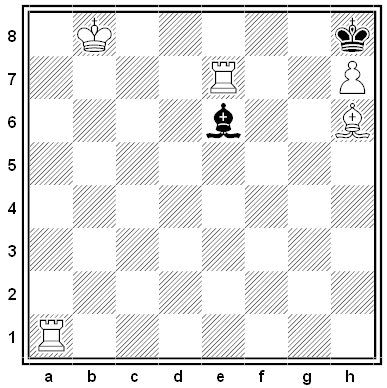
A poser by F.H. von Meyenfeldt, 1967. What move must Black play to enable a forced mate in two by White?
Some geometric legerdemain by Argentine magician Norberto Jansenson. (Thanks, Ron.)
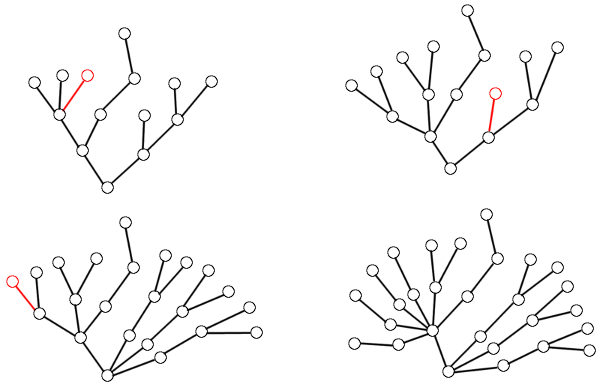
Hercules is battling a hydra. He manages to sever a head, but finds that a new head is generated according to the following rule: We move down one segment from the point where the head was severed and make a copy of the entire subtree above that point. Worse, the rate is increasing — the nth stroke of Hercules’ sword produces n new subtrees.
What will happen? The situation certainly looks dire, but, amazingly, Hercules cannot lose. No matter how large the hydra is, and no matter the order in which he severs the heads, he will always kill the hydra in finitely many turns.
Why? With each step, the complexity in the network is migrating toward the root — and that can’t continue forever. “We basically say that whenever something goes on K steps away from the root, it’s infinitely times worse than anything that is going on K-1 steps away from the root,” Comenius University computer scientist Michal Forišek explains in Slate.
“Now, whenever you kill a head, you very slightly simplified something that is K steps away. And even though you get a lot of new stuff in return, all that stuff is only K-1 steps away, and hence the entire result is still simpler than it was before.”
(Laurie Kirby and Jeff Paris, “Accessible Independence Results for Peano Arithmetic,” Bulletin of the London Mathematical Society 14 [1982], 285-293.)
idoneous
adj. apt, fit, or suitable
tripudiary
adj. pertaining to dancing
Hermit crabs adopt other creatures’ castoff shells for protection. But as they grow, crabs must move into successively larger shells. This produces a curious phenomenon: When a crab finds a shell that’s too big for it, it waits nearby. Other crabs may accumulate, forming a little conga line of dissatisfied shell seekers. Finally a “Goldilocks” crab arrives — a crab large enough to claim the new shell — and now each waiting crab can move into the shell abandoned by its larger neighbor. By cooperating to share a scarce resource, the whole species benefits.
The same thing happens in human societies — when one person finds a new apartment, car, or job, she leaves behind her old one, and the vacancy passes down through society until the final unit is cast away or destroyed. It’s called a vacancy chain.
(Thanks, Duncan.)
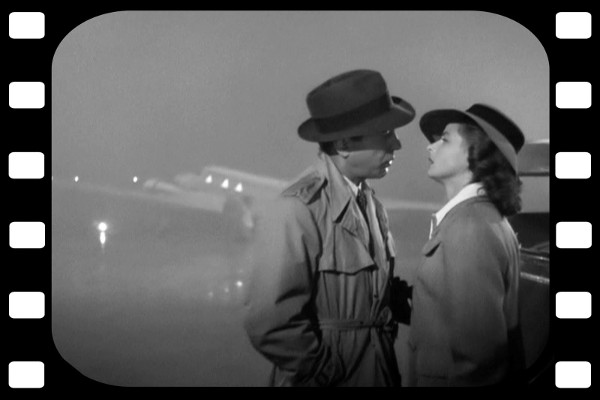
In the final scene of Casablanca, the airplane is made of plywood. The film was shot shortly after the Japanese attacked Pearl Harbor, and California was bracing for a new attack, so movie studios were severely restricted from shooting on location and forbidden entirely from filming at airports. So the movie was shot on soundstages at the Warner Bros. studios in Burbank, and Soundstage #1, as it turned out, was too small to accommodate a real airplane.
So prop men built a half-size Lockheed Electra 12A out of plywood and balsa, and little people in jumpsuits were hired to bustle around it. The fog — a rarity in Morocco — helped to sell the effect.
Also: Dooley Wilson was an accomplished singer, but he couldn’t play the piano. “During the filming of Casablanca, a Warners staff musician, Elliott Carpenter, played the piano to the side of the set so that Wilson could get his bearings,” writes Jeff Siegel in The Casablanca Companion. “It’s also Carpenter’s playing that was dubbed into the film. The charade went off so well that when Wilson appeared for a nightclub gig after the movie was released, the club’s manager asked him why he wasn’t going to play the piano in his act.”
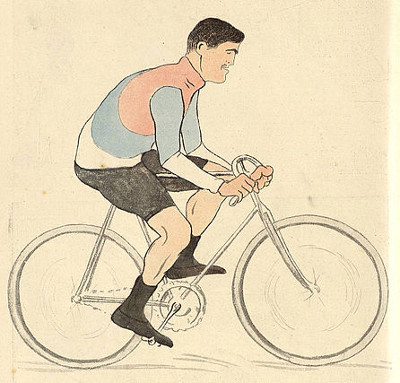
A puzzle by French puzzle maven Pierre Berloquin:
Timothy rides a bicycle on a road that has four parts of equal length.
The first fourth is level, and he pedals at 10 kph.
The second fourth is uphill, and he pedals at 5 kph.
The third fourth is downhill, and he rides at 30 kph.
The fourth fourth is level again, but he has the wind at his back, so he goes 15 kph.
What is his average speed?
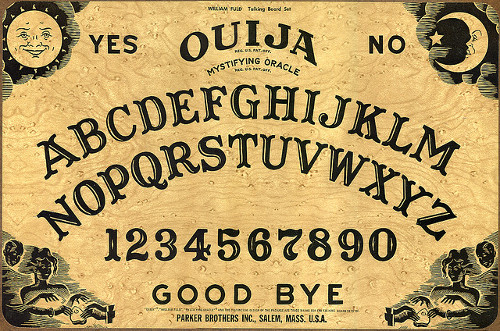
We’ve been making things awfully hard on spirits. The standard Ouija board lays out the alphabet in two simple rows, which means it’s easy for the dead to tell us about FEEDERS but terribly hard to refer to LAYAWAY, even though these words are equally long.
In the interests of better communication, Eric Iverson made a study of this for the August 2005 issue of Word Ways. Using an image of a Ouija board, he counted the number of pixels that a planchette would have to travel in order to spell out various English words. The results are dismaying: The most exhausting four-letter word, MAMA, requires fully 17 times as much travel as the simple FEED. Longer words are more consistent: The hardest 23-letter word, DISESTABLISHMENTARIANISM, requires little more work than the easiest, ELECTROENCEPHALOGRAPHIC. But do dead people have that kind of stamina?
What’s the answer? Iverson experimented with different layouts and found a hexagonal grid that minimizes the average travel distance for a typical word (see the link below). And he found a checkerboard grid that’s 3 percent more efficient than that. Even rearranging the letters on a standard board to ZXVGINAROFUPQ JKWCHTESDLMYB rather than the standard alphabet increases efficiency by about a third. Now maybe we can have some better conversations.
(Eric Iverson, “Traveling Around the Ouija Board,” Word Ways 38:3 [August 2005], 174-177.)
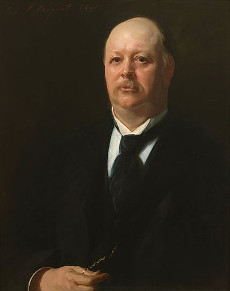
Until 1890, the minority party in the U.S. House of Representatives could block a vote by “disappearing”; they’d demand a roll call, remain silent when called upon, and then declare that too few members were “present” for the House to conduct its business.
To incoming speaker Thomas Brackett Reed this was a “tyranny of the minority,” and on Jan. 28 he resolved to break it. When Democrats demanded a roll call and refused to answer to their names, Reed marked them present anyway; when Kentucky representative James B. McCreary objected, Reed said sweetly, “The Chair is making a statement of fact that the gentleman from Kentucky is present. Does he deny it?”
There followed a sort of ontological shooting gallery. Democrats hid under their desks and behind screens to avoid being observed to exist. When they tried to flee the chamber entirely, Reed ordered the doors locked, which started a scramble to get out before the next vote. Representative Kilgore of Texas had to kick open a locked door to escape. Amid the howled objections, Confederate general “Fighting Joe” Wheeler came down from the rear “leaping from desk to desk as an ibex leaps from crag to crag,” and one unnamed Texas Democrat “sat in his seat significantly whetting a bowie knife on his boot.” Finally the Republicans mustered a majority even with the Democrats entirely absent, and the battle was over: Reed’s new rules were adopted on February 14.
Throughout all this Reed had seemed imperturbable, “serene as a summer morning.” He told a friend later that he had made up his mind what he would do if the House did not support him. “I would simply have left the Chair and resigned the Speakership and my seat in Congress,” he said. “I had made up my mind that if political life consisted in sitting helplessly in the Speaker’s Chair and seeing the majority helpless to pass legislation, I had had enough of it and was ready to step down and out.”
(From Barbara Tuchman’s The Proud Tower.) (Thanks, Zach.)